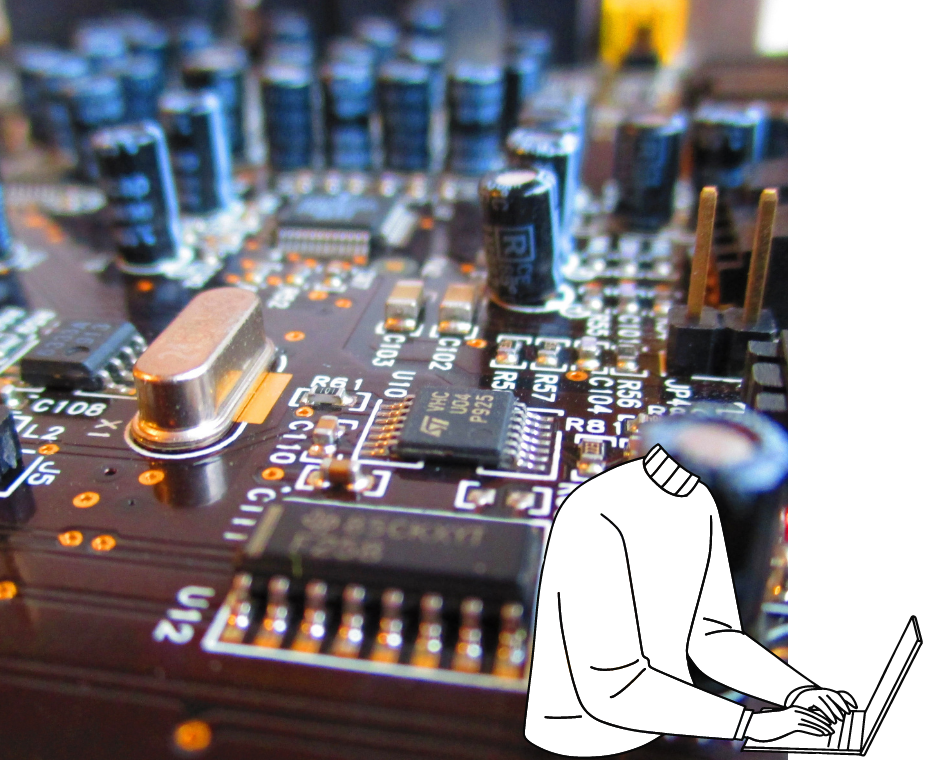
Creating a Sustainable E-Waste Policy for Your Company: Why It Matters and Steps to Take
In today’s digital world, electronic devices are crucial for business success, but…

When using the term data protection, it applies to the process of safeguarding your data against corruption or other types of data loss, as well as storing it in a way that if your data is lost somehow, you can effortlessly restore it. Essentially, you’re protecting your data from others and making sure that you will always have access to the data if you need it.
Data protection divides into three categories that tie together. They are:
The differences between the three can seem subtle, in part because they all work together to create a line of defense for your data.

Data protection, privacy, and security are increasingly crucial for ensuring that your organization and personal data are kept safe. The year 2021 saw a record-setting level of data breaches. Ransomware, a type of malware that can lock you out of your computer or encrypt data, in particular, has become prevalent, taking advantage of data breaches and unprepared organizations.
The importance of preventative measures for safeguarding your data only increases as time passes and your organization grows. We are all spending more time on the internet and with that extended time comes increased risks of exposure. As we rely on the internet more and more and our online presence expands across various environments, our vulnerable information is placed at an even greater risk.

There are three different categories within the umbrella term “Data Protection” that cooperate to guarantee your data is secure and protected from loss or theft. Each method cooperates with one another, and they often share a resemblance while still serving a separate purpose.
Data protection ensures that your organization can maintain the data necessary to run by creating backups of the data. We mentioned ransomware earlier. Perhaps one of the most devasting results of ransomware is the potential to completely lose all the data your organization relies on to function.
By backing up your data frequently and securely, you reduce the risk of losing critical information in a cyberattack or to malware.
Ransomware attacks hit several schools in 2021, impacting their ability to access grades, an essential function for school systems. However, by keeping data backed up in a separate location, the data could have been kept safe.
Data privacy is generally the ability of a person or organization to control how much their data is shared between platforms and organizations.
Many hold privacy as a fundamental human right, and this belief extends to the internet. Agencies and others collect data to streamline services and guarantee that users receive ads and information relevant to their interests. However, if this data isn’t adequately protected or used, it can infringe on a person’s right to privacy. If you work at an agency, it’s particularly important to keep data privacy in mind while collecting data from potential leads. However, one of the most pressing threats to data privacy is cybercrime.
Unscrupulously collected data can give cybercriminals the information necessary to access your credit cards or other sensitive data that you wouldn’t want to be shared. If your organization is hacked, you could leak important information about your clients,
There are several laws in the U.S created to protect the human right to privacy and prevent any breaches. Despite this, malware exists, and some organizations might still collect data deceitfully. To prevent private information from being leaked, you should be careful to keep your and your organization’s data protected.
Data security measures protect your data against threats that might compromise your privacy or the data itself. Data security is perhaps what comes to mind most readily when thinking of data protection. Programs secure your data through various methods, including encryption, hashing, and tokenization. Each of these methods keeps your data from being accessed in its unique ways.
When used together, these methods should keep your data safe from malware and other forms of cyberattack. Some forms of data protection have already begun to combine as technology has advanced. For example, data protection was copying data at a specific time in the past, but the focus has shifted to continuous protection.
Continuous protection means that your data is almost constantly uploaded and stored virtually. While continuous protection ensures that you lose no information because of a gap in time between the data being copied and destroyed by malware, it can also be a point of exposure despite being more convenient. More old-fashioned data protection methods like analog downloads provide a more secure copy of data if needed.

Data disposal is an equally crucial step in keeping data safe. The progress tech companies have made in keeping data protected has made it incredibly difficult to ever actually lose information. In turn, this incredible achievement has become a bit of a double-edged sword. It’s difficult to be confident that no vulnerable information is at risk of exposure stored on a device that you wish to dispose of.
However, properly disposing of your equipment to an IT Asset Disposition company like UPCYCLE will ensure that your data is wiped and your personal information is kept safe.
For more information on our services and how we can assist your organization in properly disposing of your electronic equipment, please look at our services page.
Electronic Waste Recycling
At UPCYCLE USA, we make it easy for organizations to do the RIGHT thing with their End of Life Electronic (EOL) IT Equipment. Honest, reliable & secure electronic waste recycling services.